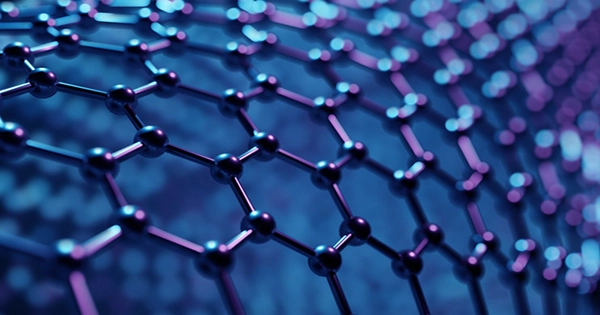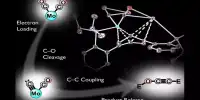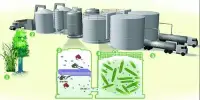Since its discovery 17 years ago, graphene, which is made up of hexagonal rings of carbon atoms, has been branded a “wonder substance.” Its invention earned the Nobel Prize in Physics in 2010, and dozens, if not hundreds, of applications, are being researched. Scientists have been imagining a comparable arrangement for carbon atoms termed graphyne for at least sixty years, and interest has grown since graphene’s development. Attempts to create graphyne, on the other hand, have yielded minuscule amounts that aren’t even substantial enough to exhibit large-scale phenomena.
This has altered thanks to disclosure in Nature Synthesis of a dependable way to make graphyne. Carbon has an unrivaled ability to create the foundation of complex compounds, attaching to itself as well as other elements. That’s why, even though we have more oxygen and hydrogen atoms, we (and every other living form we know) are made up of carbon-based molecules. Even pure carbon, which is represented in nature by graphite, soot, and diamonds, may arrange itself in a variety of ways.
Near-spherical or cylindrical fullerenes, whose accidental creation garnered the Nobel Prize in Chemistry in 1996 and are being explored as possible cancer stealth bombers, are examples of alternative carbon structures that are rare or non-existent in nature. The strength and electrical conductivity of graphene have lately made it an option for bulletproof vests and improved batteries, among other applications.
Graphyne is similar to graphene in more ways than one: both are single-atom-thick carbon sheets. Graphene, on the other hand, has a basic honeycomb structure made up of constantly repeating hexagonal rings, whereas graphyne has a more complicated structure. The benzene rings are spread widely apart and linked by alkyne bonds, which are formed when two carbon atoms establish a triple covalent connection (six electrons) with each other.
Graphene conducts electrons extremely rapidly, but in all directions, whereas the conductivity of graphene is intended to be regulated to just move in the appropriate direction. Theoretical models also show that graphyne can produce Dirac cones, which are confined electric fields. The electrical effects that they create might be modified to make graphene even more successful for transistors or solar cells than graphene is predicted to be. Nothing is valuable if you can’t make it, and graphyne’s dreams have floundered on those rocks until now. Using alkyne metathesis, a process that redistributes alkyne bonds, Dr. Yiming Hu, a recent graduate of the University of Colorado, Boulder, and co-authors have modified that.
Because alkyne metathesis is reversible, it allows for far more freedom in material synthesis. “The entire audience, the entire field,” Hu said in a statement, “is incredibly happy that this long-standing challenge, or this fictitious material, is now becoming realized.”
Professor Wei Zhang of UC Boulder remarked, “There’s a really huge difference [between graphene and graphyne], but in a nice sense,” but those distinctions are mostly based on theoretical modeling rather than testing thus far. The procedure is still complicated and costly; the team is working to fix both, but if they can’t, applications may be restricted. In the meantime, the disclosed procedure is good enough to create the amounts necessary for study, allowing the features and possible uses of graphyne to be investigated.
















